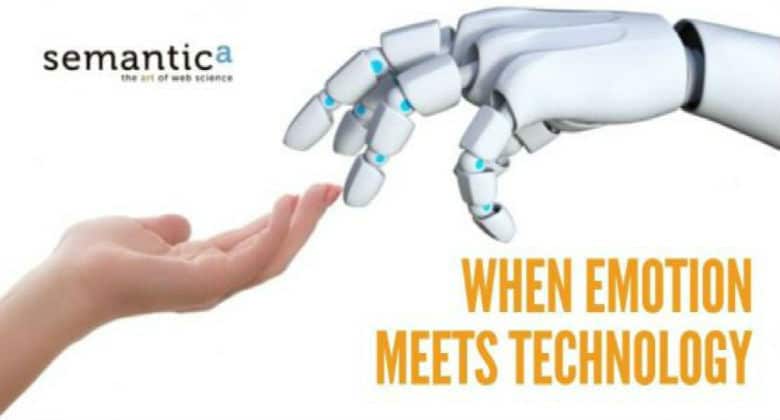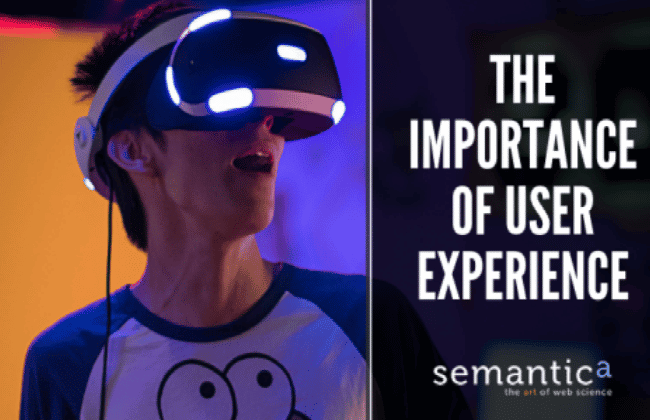
Why empathy is important in UX and UXD
When emotion meets technology
We may not associate emotion with technology, however, user experience (UX) and the design of that system experience incorporates a fair amount of empathy.
As we previously highlighted in our UX blog post series, UX relates to any aspect of a person’s interaction with a system, while user experience design (UXD) refers to the process of improving customer satisfaction through system design changes, and empathy is the practice of understanding and sharing the feelings of others.
How does empathy impact UXD?
Empathy allows UX designers to establish and recognise what users want and need. Without that understanding, most designers would be lost as to why users love or hate their creations. Similarly, the use of emotion can mould users’ decisions to better meet the goals of a company.
Having the ability to sit in a users’ shoes and completely empathise with the customer as an experience designer is an intangible skill, believes Jerome Choo.
However, UXD is not as clear cut as other aspects of design. Understanding the driving factors behind purchase decisions is a vague process. Simply relying on user analytics is unlikely to give you a clear picture of your audience’s wants and needs but acts as a starting point to understanding your customer and designing better products and services. Top tech website webdesignerdepot.com has outlined a couple of ways designers can use empathy:
Put in the hours
It’s generally true that companies who value their user interests perform better. They have happier customers, sell more products and have great brand loyalty. These companies didn’t understand their user base overnight. They invested time to research how customers use and react to their products and how the company’s decisions affect the product or service experience.
Researching and understanding a user’s emotional reaction to your product allows you to cater more specifically to users, improve future designs and create targeted marketing campaigns. The use of empathy provides information that is critical to product and service innovation.
To assume makes an ass out of u and me
As a starting point, UX designers often rely on assumptions about their clients based on data-backed evidence. If someone is buying a specific product or service, it stands to reason that they have a specific motivator behind purchasing your product or service. However, these assumptions do not always meet the expectations of real-world results.
A famous example is Betty Crocker’s line of premixed cakes, one range required the customer to add two real eggs, while the other product already contained egg powder. Users felt more guilt eating a boxed cake that took less effort to make.
We could go into more depth to analyse why users felt more guilt – is it a pang of weight-related guilt? Do they feel better about eating a cake when it has more natural ingredients? Is it a matter of gratification? Or do users of the cake mix feel better about eating the cake because they feel as though they put more work into making it?
Human emotions and motivators are complex, so how do we know what emotional triggers influence the view and use of a product or service?
Testing, testing, a, b, testing
Testing your data-backed assumptions can be the difference between success and total failure.
User testing before releasing a product can yield unexpected results. Catching possible problems before release might mean the difference between success and failure. What if the team behind Betty Crocker never performed user tests? It might have been assumed the product was doing badly because customers prefer traditional cakes.
On your website and online marketing campaigns, you can conduct A/B split testing to see what emotional triggers convert more users in which target audiences. Look out for more information on A/B split testing in our next blog.
Empathy matters
In short, designers should aim to craft the product or service and the marketing thereof around the users’ emotional motivations. This way, you will end up with happy users, who become return customers and a high-quality end result.
Need assistance with UX? Contact us to launch your business onto a whole new level of user experience!



